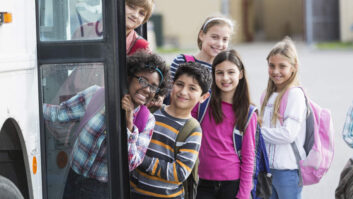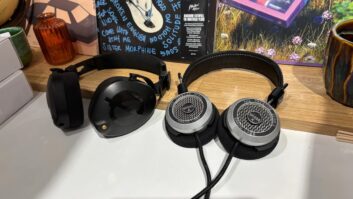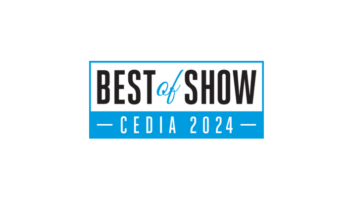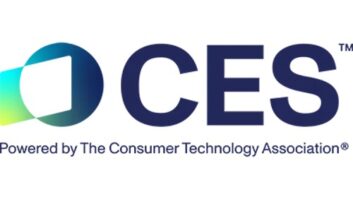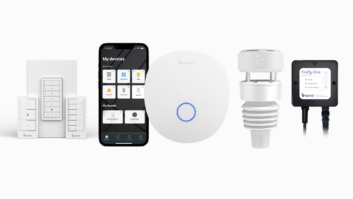NEW YORK – Although it seems like summer recess has only just begun, thoughts are already returning to the classroom.
That’s a good thing for makers and sellers of back-to-school (BTS) fare, as it suggests a strong selling season for computers, phones, wearables, bags, accessories and other student items.
According to a “BTS Consumer Spending Survey” commissioned by the International Council of Shopping Centers (ICSC), more than one-third (34 percent) of consumers have already begun their back-to-school shopping.
What’s more, the share of consumers expecting to spend more this season has grown significantly over the last two years — from 39 percent in 2013 and 50 percent in 2014, to 67 percent when the latest survey was conducted June 29 through July 1 by Opinion Research Corp.
“Retailers are enjoying a strong start to the BTS shopping season after a sluggish first quarter of 2015,” said ICSC spokesman Jesse Tron. “It’s good news as we progress into the all-important latter half of the retail calendar.”
However, a separate back-to-school spending study commissioned by the National Retail Federation (NRF) suggests that BTS expenditures will actually dip this season, from an average of $669 per family last year to $630 this summer for grades K-12.
What’s more, total back-to-school and back-to-college spending is expected to fall 9.3 percent, to $68 billion, the NRF said.
On the CE front, some 53 percent of ICSC respondents said they plan to buy tech products, including the aforementioned computers, phones, accessories and wearables, while 45 percent plan to purchase backpacks and bags.
But the separate NRF study also suggested a slight decline in planned CE spending, from a near record $212 per K-12 family last year to $194 this season.
Topping shopping lists in the ICSC poll were school supplies (76 percent) and apparel/shoes (75 percent).
Despite the early start this year, the ICSC survey shows that August leads the BTS period, with 53 percent of school-related spending taking place in late summer, and the remainder of shopping split between June (10 percent), July (21 percent), and September (17 percent).
Marketing appears to be the main driver of BTS shopping, as 74 percent of consumers reported they will likely start purchasing products for school when they begin seeing ads from major retailers.
While cues from advertising play a major role in consumer decisions to begin BTS shopping, the survey found that nearly half (46 percent) of shoppers believe they will get the best deals in August, compared with 30 percent in July. Another 15 percent of respondents believe the best deals will be found Labor Day weekend or in September.
The ICSC poll also showed that a whopping 83 percent of purchases will involve brick-and-mortar stores, as 42 percent of respondents still prefer the opportunity to physically examine merchandise before purchasing, 37 percent like the convenience of one-stop shopping, and 7 percent plan to order online and retrieve their purchase in-store.
Once inside, 79 percent of respondents said they plan to use a mobile device while shopping for BTS. Of those, 44 percent expect to use their phones to compare prices; 28 percent will use them to access digital coupons; 26 percent will check ratings and reviews; 24 percent will check inventory and item availability; and 17 percent will text or email friends and family for a second opinion on an item.
Not surprisingly, millennials are the most likely demographic to use their smartphones and tablets while shopping, the ICSC survey showed.





